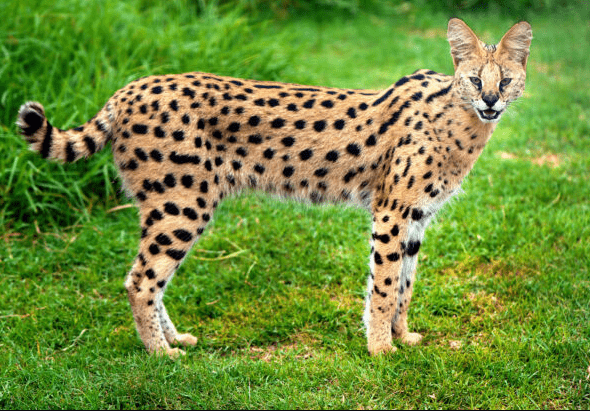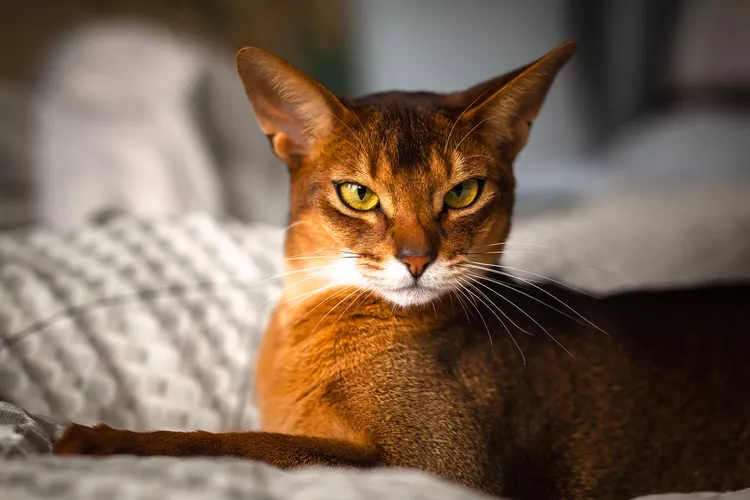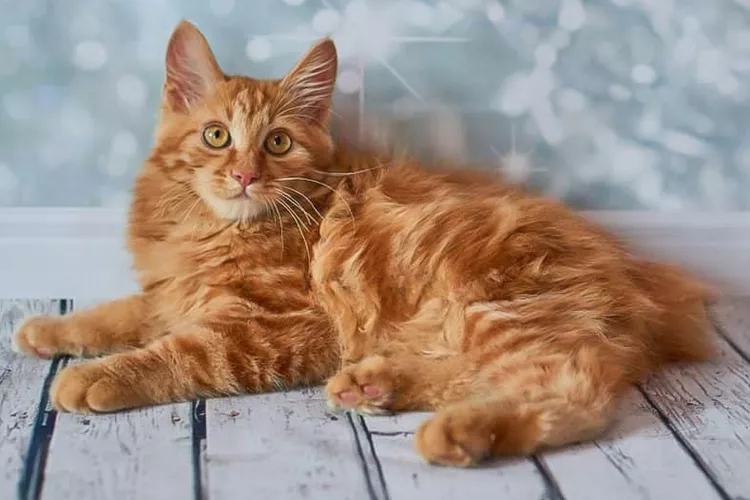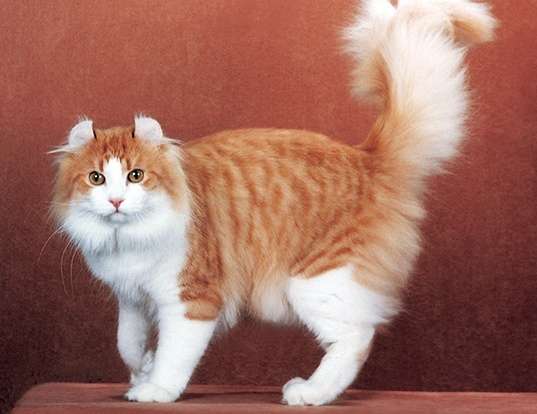
Description
Size: 18–40 lbs.
Servals are small, slender wild cats that can weigh up to 40 pounds. The Serval, sometimes known as the “giraffe cat,” has a striking pattern of black spots and stripes on its pale yellow coat. They have black ears, white bellies, and a recognizable white mark on their backs.
Servals have the largest ears and the longest legs of any cat in relation to their size. They also have short tails, long, slender bodies, small heads, and elongated necks.
Behavior
Servals are solitary animals. Only when mating or when females are caring for their young do they interact with other Servals. However, if kept as pets, they might bond with people and show affection if treated properly from a young age. They might not exhibit the same level of comfort around strangers, though.
Servals mark their territory with pee, and this practice is hard to break even after litterbox training. They may make extended yowls, piercing howls, growls, purrs, and other vocalizations.
Servals in captivity need to have large outdoor cages with plenty of space to explore, just like any other wild cat. The enclosure should have a top and sides that extend a few feet below ground because they can jump up to nine feet in the air and dig through fence.
Origin and History
Servals live solitary in the wild in Africa and have a home range that is many miles long. They now reside in 35 different nations and have done so for millennia. Since the ancient Egyptians, who portrayed the cats in their art, have maintained serval cats as pets. They have never been wholly domesticated, though. Breeding stock made its way to the United States more than a century ago, and you can come across serval cats that are many generations distant from imports from Africa. Keep in mind that exotic animal rules ban the possession of even domestically produced servals.
In order to create hybrid cats like the Savannah cat, breeders have bred serval cats with domestic cats.

As Pet
Care
For the maintenance of servals, who are solitary, very active cats that travel several kilometers per day in the wild, you’ll need a sizable, secure outdoor cage. Servals have been observed to jump out of fences or to tunnel under them. Fencing must surround an enclosure on all sides (including the top) and go many feet below ground.
Create a pool of water where your serval cat can swim, drink, and perhaps even catch supplied fish. They are also unable to live in an area with severe winters.
Servals can’t live inside a house because to their size, high level of activity, and propensity to jump. They not only pose a threat to wiring and breakable items, but such things can potentially hurt people. A serval also can’t be entirely litter-trained. They utilize urinating on objects to mark their territory, including furniture and walls when they are kept in human homes.
While many pet servals are declawed to protect people, this painful procedure can result in illnesses and leaves servals more susceptible to attacks from other animals (like aggressive dogs).
Grooming
The short coat of the Serval doesn’t need much care. To prevent swats and scratches on other people, Servals should have their nails clipped if they are comfortable being handled.
Diet and Nutrition
Pet servals should ideally eat a variety of animal prey, preferably alive, that they can hunt down and consume like they would in the wild. In Africa, it’s common to eat reptiles, rodents, birds, rabbits, fish, insects, and frogs. Because serval diets are so high in protein, the majority of their diet is made up of freshly killed or living prey.
Servals rely more on their senses of hearing and sight than their sense of smell to locate prey. Before they eat, they frequently play with their food. Servals are very intelligent cats that enjoy games or riddles that add enjoyment to meals and daily activities.
An acceptable addition to a serval’s food is a formulated pelleted feed, although it shouldn’t make up the bulk of any meals. The animal’s health will deteriorate otherwise.
Table





